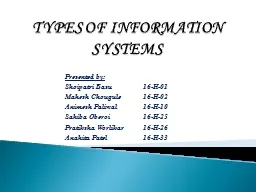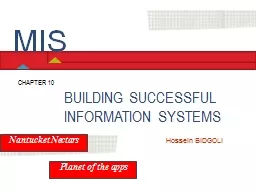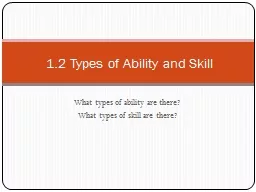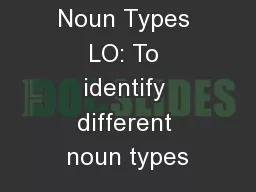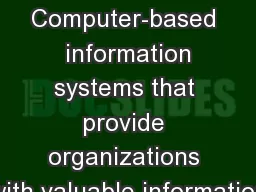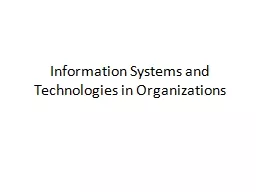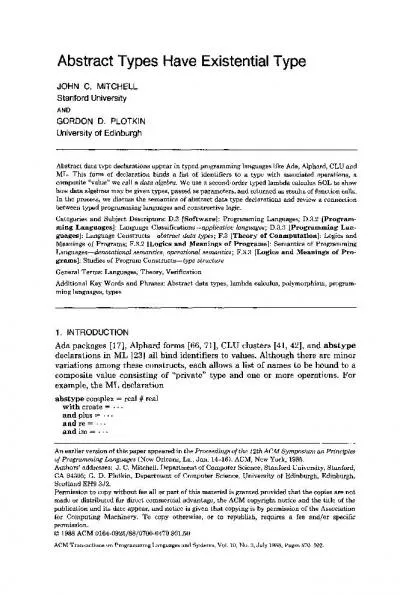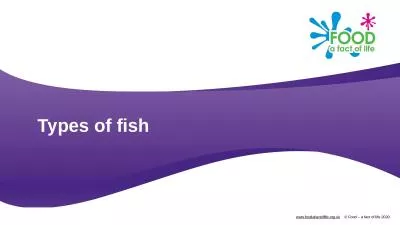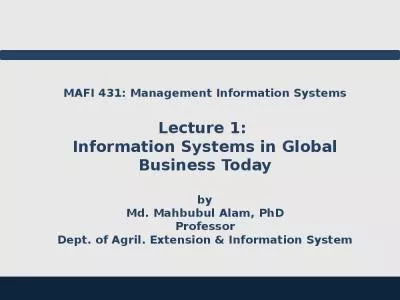PPT-TYPES OF INFORMATION SYSTEMS
Author : tatyana-admore | Published Date : 2018-11-25
Presented by Shoipatri Basu 16H01 Mahesh Chougule 16H02 Animesh Paliwal 16H10 Sahiba Oberoi 16H25 Pratiksha Worlikar 16H26 Anahita Patel
Presentation Embed Code
Download Presentation
Download Presentation The PPT/PDF document "TYPES OF INFORMATION SYSTEMS" is the property of its rightful owner. Permission is granted to download and print the materials on this website for personal, non-commercial use only, and to display it on your personal computer provided you do not modify the materials and that you retain all copyright notices contained in the materials. By downloading content from our website, you accept the terms of this agreement.
TYPES OF INFORMATION SYSTEMS: Transcript
Download Rules Of Document
"TYPES OF INFORMATION SYSTEMS"The content belongs to its owner. You may download and print it for personal use, without modification, and keep all copyright notices. By downloading, you agree to these terms.
Related Documents

